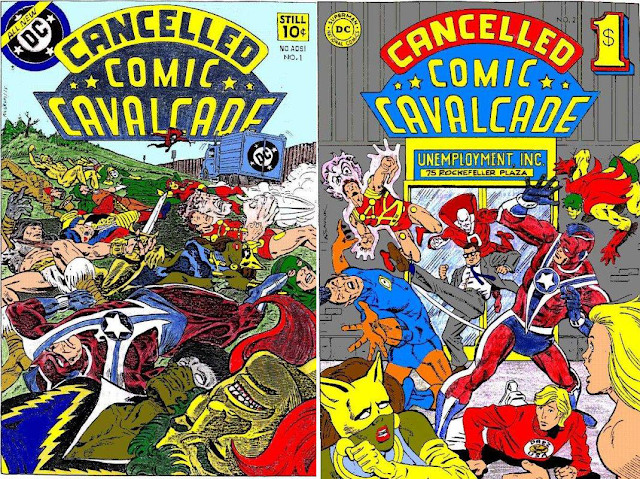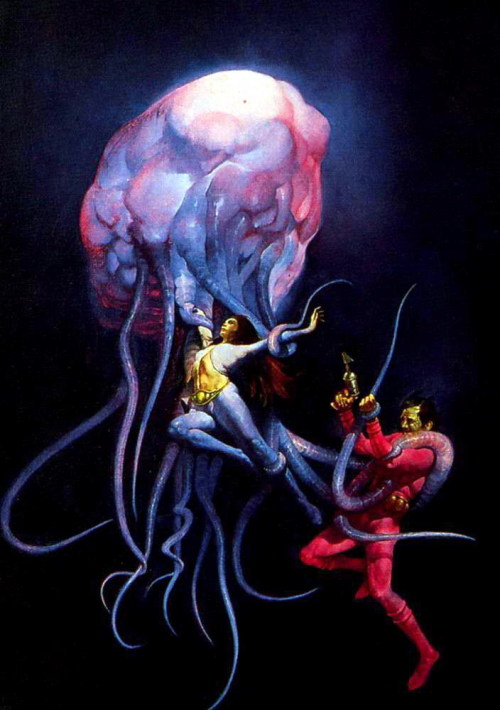 |
| Art by Agus Calcagno |
There's been a bit of a lull in the posting on the Armchair Planet Who's Who superhero supplement, but work proceeds. Here are a couple of new pieces of art to prove it! Since designer's notes seem to be the new hip thing (at least according to G+ discussion), I wanted to say a bit about my approach to the writing of it, beyond the game stats side of things.
Like Strange Stars, the Who's Who is meant to suggest a world rather than completely describe it. Unlike Strange Stars, it does it almost entirely through characters, and specifically the presentation of character like the DC Who's Who or similar to the Official Handbook of the Marvel Universe. This means there might be more detail on a given character (maybe) than you need at the table, but you can always flip the page and go straight to the game stats. Or, you can read the text and get hints of the superhero universe the characters inhabit, and perhaps a sort of meta view of the different "ages" f the fictional comic book company that published them. (We won't dwell on the hypothetical Armchair Planet Comics. The only textual appearance of it will be in the "first appearances" of characters, which can be easily ignored if you find such conceits too precious.)
So you might read about the Abhumans making their home in an abandoned city of the ancient Hyperboreans or learn that Thunderhawk once teamed up with those motorcycle-riding, crimefighting ladies, the Avenging Angels, but you won't find entries for either Avenging Angels or Hyperboreans, or for the teen-humor-comic-refugee band, The Tomorrows, that Futura shares a house with. Context will hopefully be enough to get your creative juices flowing and you don't need me over-specifying homages to various fictional entities you're already aware of. If your version is substantially different than the one I came up with, well that's just fine.
Also, the characters themselves, while all fitting a late Bronze Age DC mold have hints of the eras they were likely "born" in built into them. Some have origins that clearly saw their earliest versions in the Golden Age (like Champion), while others (like Damselfly) show telltale signs of (multiple) later eras. My goal was less a consistent comics universe than a naturalistic one, though like any good handbook of the mid-80s, I've smoothed over the incongruities to make it look coherent. Which is to say, I wrote it like incongruities were being smoothed over.
As I write this, it all sounds a bit metatextual, but I don't think the finished product will require that level of engagement. Also, I feel like superhero role-playing is a genre that has always had a bit of metatextuality to it. If comics history easter eggs and homages can be put to use in springboarding the creation, well maybe, if used with restraint, they might serve a purpose.
 |
| Art by Chris Malgrain |



















